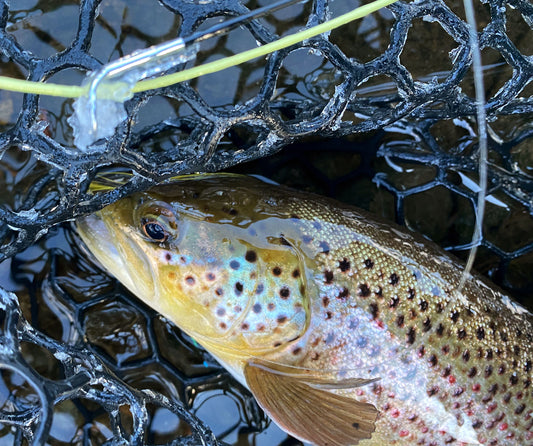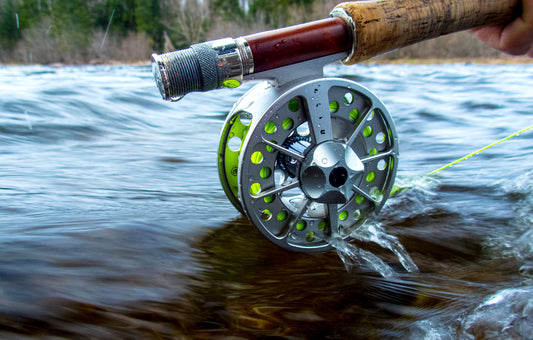All Points Fly Shop + Outfitter Blog

Fly Fishing in Maine: February and March
February and March are notoriously the hardest two months in Maine to catch a fish on a fly rod. Cold weather produces iced over stillwaters and rivers and streams that...
Fly Fishing in Maine: February and March
February and March are notoriously the hardest two months in Maine to catch a fish on a fly rod. Cold weather produces iced over stillwaters and rivers and streams that...

Fly Fishing in Maine: January
Words + Photos: Joe Webster January in Maine for most fly anglers is spent at the tying desk preparing for the next season's adventures. However for those that are brave...
Fly Fishing in Maine: January
Words + Photos: Joe Webster January in Maine for most fly anglers is spent at the tying desk preparing for the next season's adventures. However for those that are brave...

Top 3 Budget Friendly Fly Rods for Trout and La...
Here in Maine, when targeting trout and landlocked salmon, a fly rod that can manage various type of techniques from dry flies to heavier, multiple nymph rigs is what most...
Top 3 Budget Friendly Fly Rods for Trout and La...
Here in Maine, when targeting trout and landlocked salmon, a fly rod that can manage various type of techniques from dry flies to heavier, multiple nymph rigs is what most...

When Does a Trout Fly Reel Become More Than Jus...
It is a very rare occasion that the term “line holder” doesn’t come up in conversation when outfitting customers with reels for trout and landlocked salmon. But, when does a...
When Does a Trout Fly Reel Become More Than Jus...
It is a very rare occasion that the term “line holder” doesn’t come up in conversation when outfitting customers with reels for trout and landlocked salmon. But, when does a...

Winter Fly Fishing: How to Stay Warm
Though many people hang up their gear, especially here in Maine, the winter months can be a fantastic time to get out and wet a line. The peaceful solitude of...
Winter Fly Fishing: How to Stay Warm
Though many people hang up their gear, especially here in Maine, the winter months can be a fantastic time to get out and wet a line. The peaceful solitude of...

Where To Fly Fish In Southern Maine?
As a fly shop situated in South Portland, Maine near the coast of Casco Bay, a lot of what I get asked about are the fly fishing opportunities right here in...
Where To Fly Fish In Southern Maine?
As a fly shop situated in South Portland, Maine near the coast of Casco Bay, a lot of what I get asked about are the fly fishing opportunities right here in...